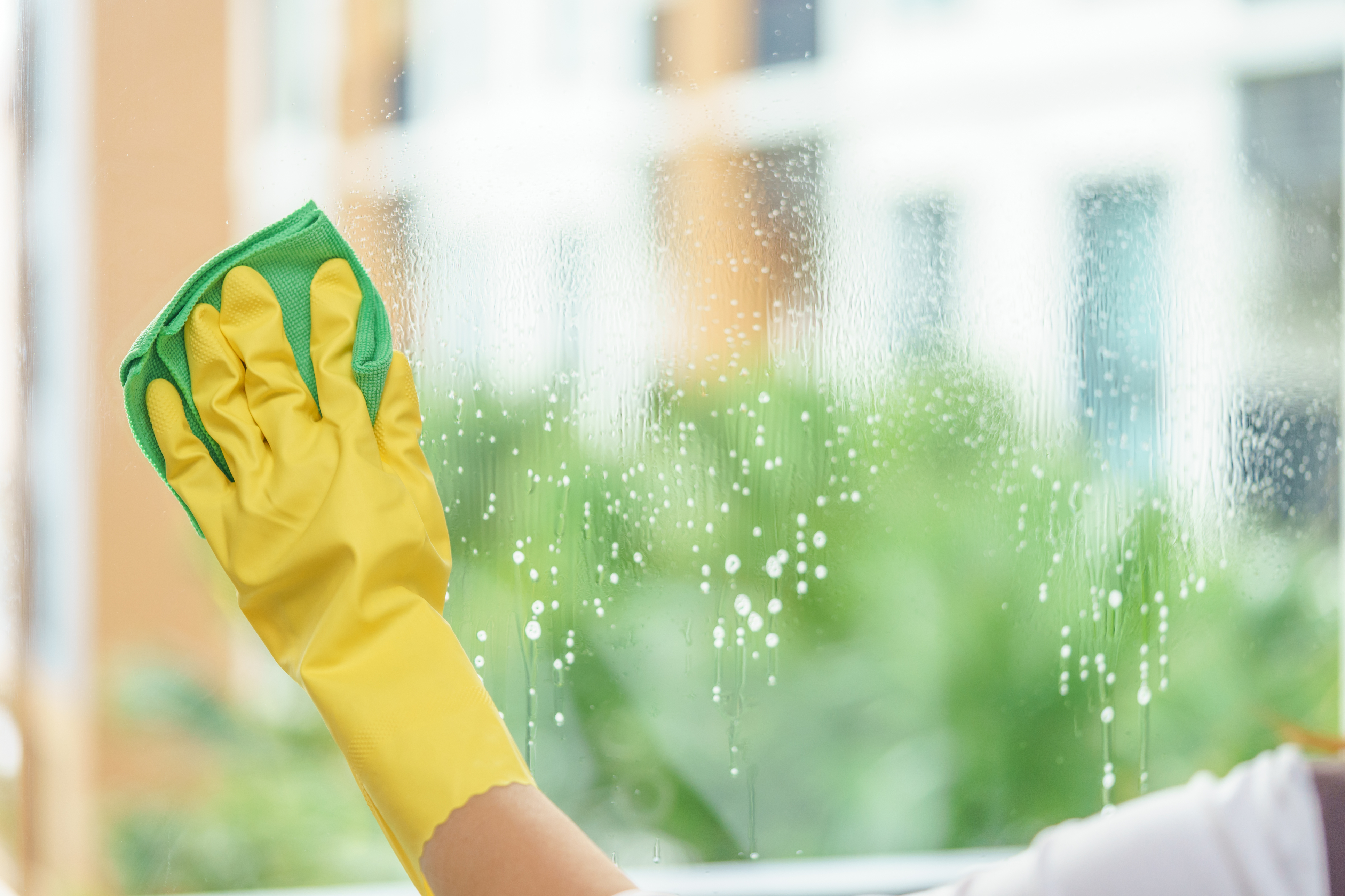
There is rising demand for sustainably preferable and socially beneficial spaces where we can live, work and learn, writes Emma Berthold on behalf of Good Environmental Choice Australia (GECA).
There is rising demand for sustainably preferable and socially beneficial spaces where we can live, work and learn.
It’s also fair to say that we are responsible for passing what we have learnt to younger generations and by the same token, ensuring they grow up in healthy and safe environments. Therefore, it makes perfect sense that schools — as hubs of learning — should be leading the way in being inspiring, forward-thinking spaces.
So, what’s the best way to create educational environments which allow students and staff to be at their healthiest and most productive?
Ecolabels like GECA are certifying furniture, fittings, materials and cleaning products to ensure volatile organic compounds (VOCs) and environmental impacts are addressed properly. The great news is it is already possible to fit out an entire school with furniture and products that are better for both the environment and health.
We all want our students to be learning in a healthy and safe setting, and creating a safer indoor environment is an important place to start.
VOCs & indoor air quality
According to Good Environmental Choice Australia (GECA)’s standards and technical manager, Judith Schinabeck, it is vital to be mindful of VOCs for both the design and construction phases as well as the operations of buildings.
“VOCs released from furniture, paints, carpets and cleaning products contribute to poorer air quality in buildings. Limiting the VOC content is therefore an important consideration if we want to create healthy schools,” explains Schinabeck.
“VOCs can be a serious issue; especially for children with respiratory problems such as asthma, as these children are often more susceptible to the negative effects of VOCs.”
“Not to mention the detrimental impact that toxic substances can have on the environment during manufacture, transport, use and disposal of products.”
Toxins affecting indoor air quality can be biological or chemical. Examples of biological toxins can include dust and pollen, whereas chemical toxins tend to come from substances used in building materials, furnishings, cleaning products, and other sources. If students and staff are frequently coughing, complaining of headaches, or have other consistent symptoms linked to a building, these are good indicators that the classroom has poor indoor air quality which needs to be addressed.
Indoor air quality can often be much worse compared to the air outside, with significantly higher levels of toxins. These toxins can come from a range of sources inside: paints, furniture, flooring, adhesives, and the cleaning products used in the space can all have an impact. All of these sources can emit VOCs, depending on how they’ve been manufactured or what materials have been used in each product.
And let’s not forget the growing number of students with respiratory conditions and allergies that become significantly worse in environments with poor indoor air quality. However, all students can benefit from improved indoor air quality, not just those with allergies.
Clean, healthy and green
Some students may be particularly sensitive to the compounds found in many traditional cleaning products, only finding relief when these products are swapped out for innovative solutions that use the simplest cleaning chemistries available.
Other simple measures, such as more frequent and thorough cleaning methods (including cleaning the carpets) and making sure waste management is kept under control to minimise pests, can easily be incorporated into facilities management and cleaning regimes.
Cleaning solutions that have been certified by a third-party ecolabel, such as the GECA ecolabel, help reduce confusion for those looking to switch to healthier cleaning products or looking to employ a genuinely environmentally-preferable cleaning services provider.
These products and services must meet strict criteria for environmental, health and social impacts, and the ecolabel is a trusted indicator that the manufacturer or service provider makes genuine claims, rather than greenwashing. It’s a win-win for suppliers, who can demonstrate their credentials, and for the schools procuring their products, who can be sure they’re making a better choice for their students.
The future is green
Architects, builders, designers and specifiers also recognise the benefits of greening schools and there are many pioneering organisations that specialise in constructing high-performing green buildings.
Existing structures can also achieve a Green Star rating through the GBCA’s Green Star – Performance tool, which considers the operational phase of a building from energy efficiency in operations through to cleaning and waste management.
The good news is that sustainability, environmental, health and social impacts are being dealt with in a much more sophisticated way than ever before. Organisations are in place to ensure greener buildings, greener interiors and greener schools, too. The number of healthy environments where people can teach, lean and grow are on the rise.
This first appeared in the July/August issue of INCLEAN magazine. To subscribe, click here.

